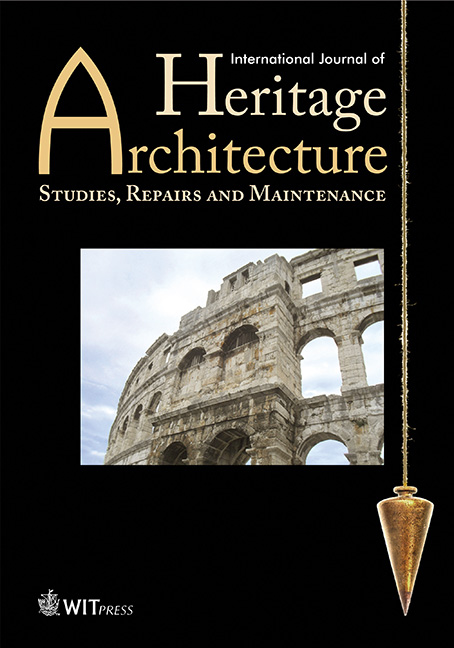RULES OF NARRATIVE IN HUMAYUN’S TOMB
Price
Free (open access)
Volume
Volume 1 (2017), Issue 3
Pages
11
Page Range
461 - 472
Paper DOI
10.2495/HA-V1-N3-461-472
Copyright
WIT Press
Author(s)
P. BANERJEE
Abstract
Narrative essentially means story or storytelling. It is evident in all creative art forms like literature, painting, music, film and architecture. Narratives usually have a protagonist, one or more supporting characters and a setting.
Architecture tells stories through geometrical form, space, materials and by regulating the changing perspective along a designed motion path. Repeated visits to Humayun’s Tomb in New Delhi revealed that the mausoleum has a story to tell. The narrative discussed here is based on the built environment that exists today as the site has undergone changes over the years. At the same time, there is no
documentary evidence of what was consciously designed by the architect. The idea is to examine and establish the rules of the narrative so that one can use the tools and techniques of creating visual drama while designing.
Some of the rules identified in this research are as follows: (a) the tomb’s massive white dome is alternatively revealed and hidden by the supporting characters, (b) glimpses of the protagonist are obtained through frames of arches, (c) the majestic protagonist is eventually revealed. The study attempts to show that a rapid rate of change of perspective with distance (visual acceleration) makes the visit interesting/dramatic. There is a direct relation between rate of change of horizontal and vertical angles of vision of a visitor and visual acceleration.
Keywords
char-bag, frame in a frame, Humayun’s Tomb, narrative, prior indicator, visual drama




